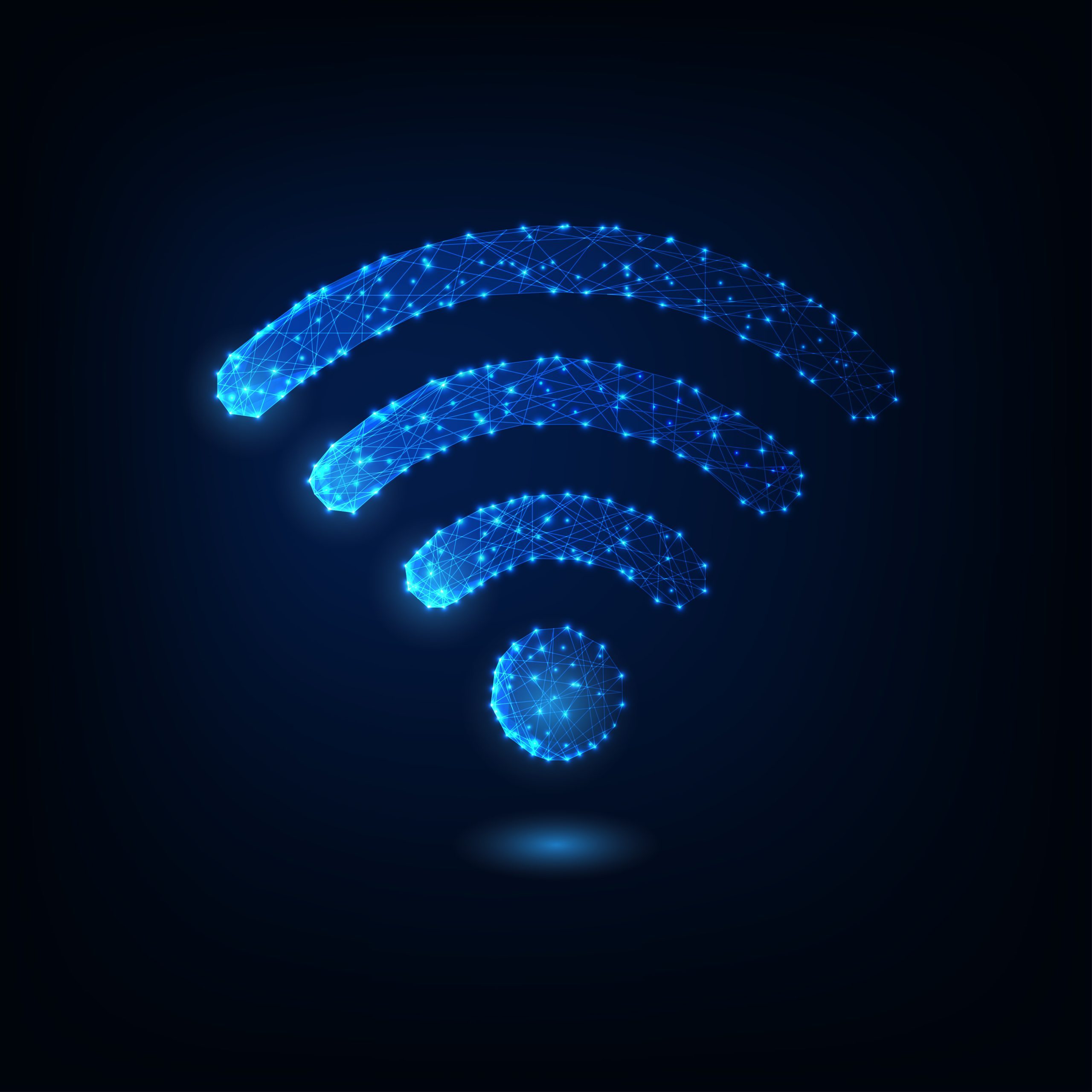Some people may consider moving or spending money to improve their access to cell phone service. However, you may be surprised to learn that you can improve call quality with phone signals and the overall experience without incurring any expense. All that is needed are adjustments, which are based on simple, low-tech methods to improve the range of your cell phone signals. To increase the signal strength of your cell phone, try these settings;
1. Check your cell phone for damage:
It is possible that your phone is broken, which is one of the reasons for a decrease in signal strength or weak signals. Sometimes, internal damage to the antenna, even if not externally visible, can affect the quality of signals received by a telephone. If the antenna bands are damaged, it may affect the signal reception. Be sure to check for damage to the corners or edges of your phone.
If your phone is still under warranty and you believe it is actually damaged, your company will. Solve the problem at no cost to you. However, if your phone is no longer covered by warranty, you will be responsible for repair costs.
2. Make sure the phone’s operating system is up to date:
Many users usually install the latest operating system update but there are those who prefer to delay it. Although it can be a hassle, for them they choose to stick with the version they have been using for a while. The reason behind this choice is that recent updates resolved all issues, improved call and data quality and optimized performance. If your phone’s operating system is not yet up to date, be sure to update it as much as possible.
3. Disable LTE when signals are weak:
It could be that your Internet connection is slow due to signal strength or if the LTE network is overloaded. If you have connectivity problems and see one or two bars on your screen, try switching to 3G and disconnecting from LTE.
In addition, when the 4G LTE network is overwhelmed by traffic, it is better to switch to 3G technology. This remains true even though 3G is currently the technology in use.
4. Disable other network services:
Sometimes, the presence of network services, such as WiFi, Bluetooth, NFC and others, can create interference that affects your network. This interference can cause connectivity problems and signal problems. It is therefore advisable to deactivate these services when they are not in use.
5. Activate and deactivate the airplane mode:
You can also experiment with airplane mode by turning it on and off. If you had any connectivity issues with your phone, they should be resolved now that you have enabled and disabled airplane mode. Once this is done, your phone will automatically attempt to reconnect to the network.
6. Reset the network configuration:
If you have exhausted all options and nothing seems to work, it may be worth considering resetting the network settings to see if it helps resolve the situation.
Sometimes problems can occur with your cell phone signal due to changes in network configuration. In some cases, resetting the network settings may help to solve the problem.
